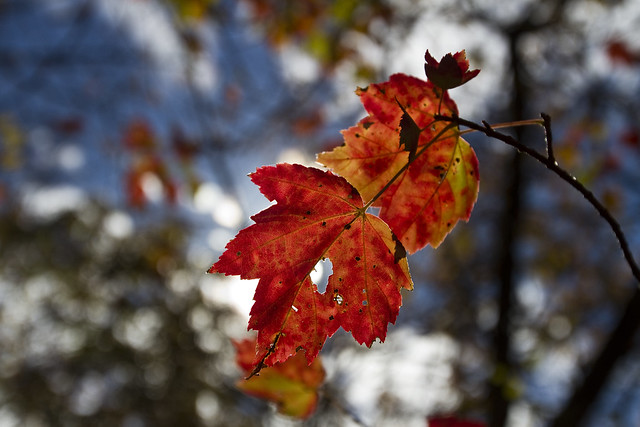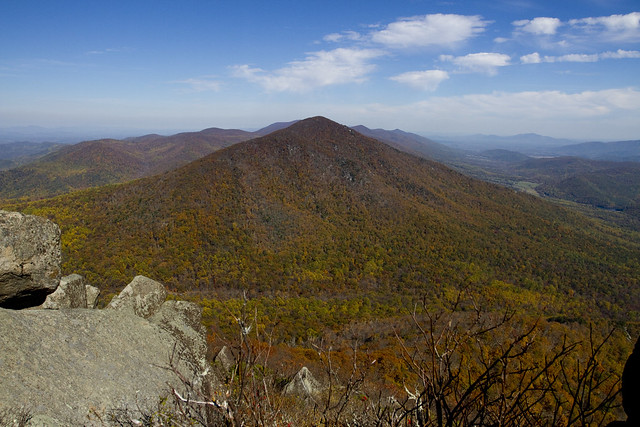Below is a re-post of a picture story I posted on our Powering a Nation blog a couple weeks ago. I spent a couple weeks documenting Cherie, and she is one of the most amazing people I’ve met. She was so warm and welcomed me into her life during a tough time for their community.
Also check out our newly published story packages on Powering a Nation.
Big oil, small shop
By LAUREN FROHNE
The BP oil spill in the Gulf of Mexico has rocked the small towns that thrive in southern Plaquemines Parish, La. Located in the southernmost tip of the state, and now surrounded by oil-filled bays, Venice and its neighboring towns, Boothville and Buras, have been described by many as “ground zero” of the disaster. Life-long fishermen are now fighting on the front lines of the battle against the oil that threatens both their livelihoods and their community, small businesses are struggling to survive and families are uncertain about what their futures hold.
Cherie Pete is the owner of Maw’s Sandwich & Snack Shop, located right off Highway 23, the main road through the peninsula that leads to Venice, in Boothville. Five generations of Cherie’s family were born and have been raised in south Plaquemines. Her husband, nicknamed “Hawk,” is a commercial fisherman who is now contracting as a clean-up worker for BP.
Known by her family and the community as “Maw,” Cherie is struggling to keep her business afloat and her life positive through the disaster.

Cherie said that starting the shop has been a dream of hers since she was six years old, and that it’s a place where the community comes together. “It’s kind of been a welcome center to new people coming to town, and it’s almost been a comfort zone to my community,” she said.

Maw’s is a training ground for teenagers working their first jobs. She feels the connection to the community and the opportunity is important for the young adults in the community, but she worries about the effects the oil spill might have on their futures. “They’re just out of school, they’re having fun, but I wish they were paying a little more attention so they could take life a little bit more serious, especially right now. We don’t know what tomorrow’s going to bring, and I think they need to be preparing themselves,” Cherie said. “I have the one girl, she’s bound and determined she’s going to work at Maw’s forever, but, you know, Maw’s might not be there forever.”

“Cameras just come up to the window and instead of giving an order they’re doing an interview,” she said. Recently, Cherie has become a voice of her community. She has been interviewed dozens of times by media such as ABC News and The Weather Channel. She believes it’s important to continue talking to media. “That’s just who I am. I love my community. I love my family. And if we don’t stand up and start talking about it as a community, or even as individuals, and getting our story out there, no one’s going to know we exist.”

Because of her media appearances, Cherie has received calls from people located around the U.S. who want to offer her kind words of support. Tears fill Cherie’s eyes early one morning as she listens to a woman from Las Vegas, Nev., tell her that everyone in the country is thinking of her and her community and wishing them the best.

A flag, colored with black marker, hangs in front of Cherie’s store and states: “Thanks for nothing BP. Obama stand up for us.” She said her husband refused to take the flag out on the water to dip in actual oil. “Our national government is just failing us. They are failing us. They’re not standing up to this oil company and making them responsible,” she says. “How would they like for us to go by the Washington Monument and just start dumping gallons and gallons of oil all over the Washington Monument?”

“One day, this shop might really end up being a ‘mom-and-pop’ shop,” said Cherie, imagining what life in south Plaquemines might be like without the commercial fishing industry. “I lay at night in bed and pray that everything will be back, but I don’t see that happening. I don’t want to go to the thoughts of what it’s going to be like with everything gone.” She is still hopeful. “My hope is that they get this all stopped, get us cleaned up, to be back, next spring, flowers in the marsh blooming, trees in the marsh turning green again. I want to go out there for that April fish, you know, just hop on that boat, say, ‘Oh my god, that’s a beautiful day, let’s go on the boat.’ That’s what I want back.”
Photos by Lauren Frohne





































































